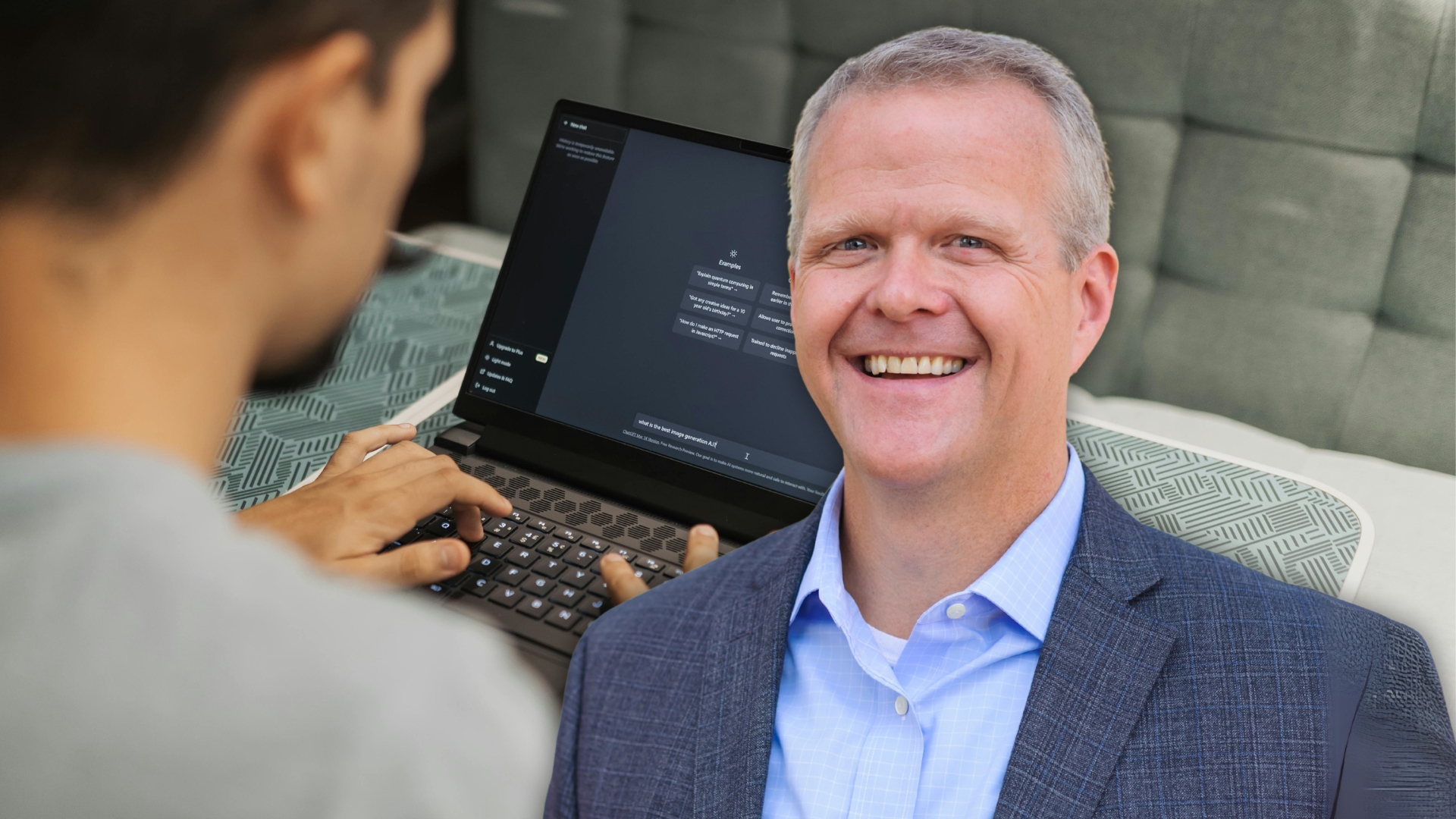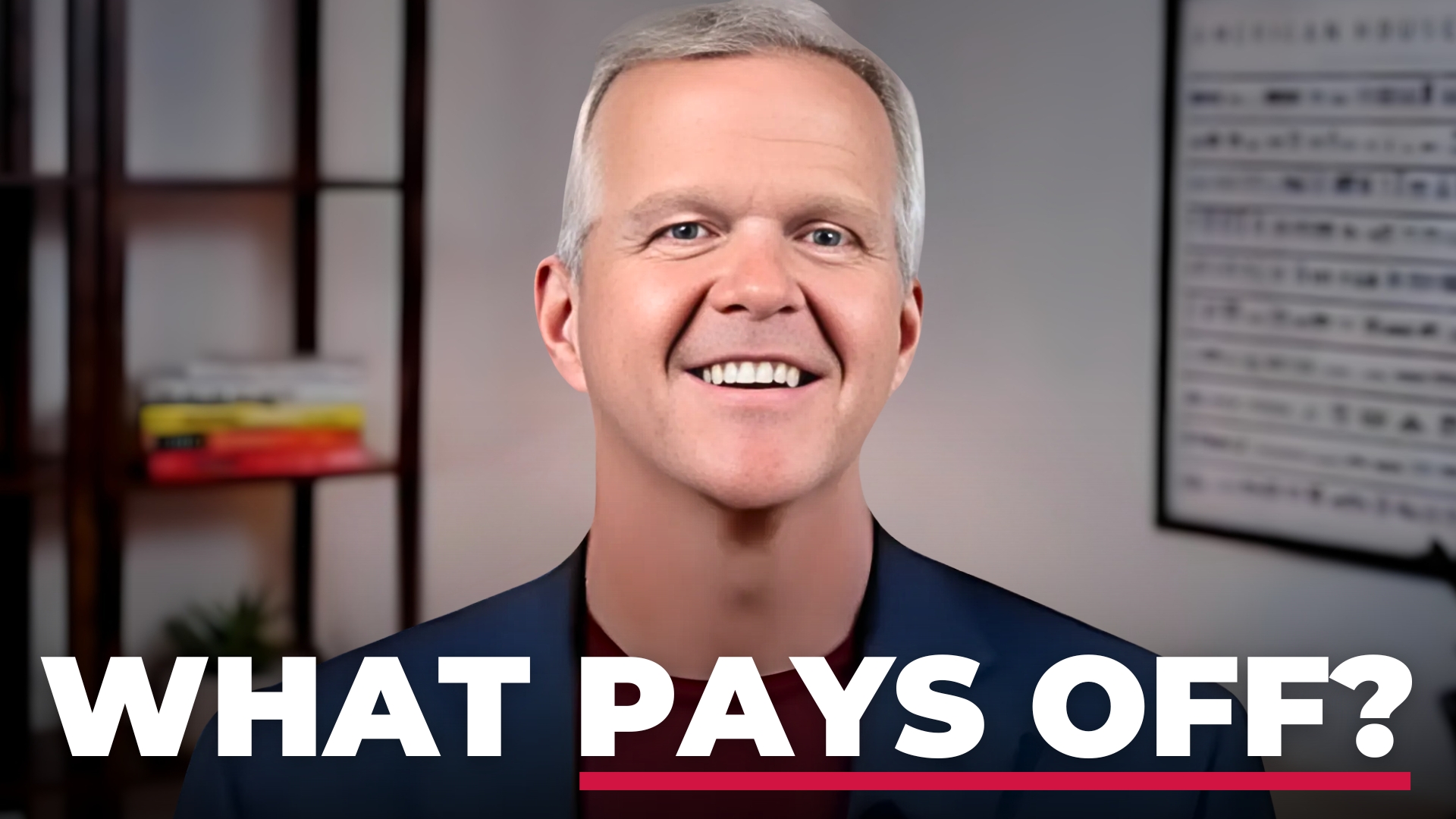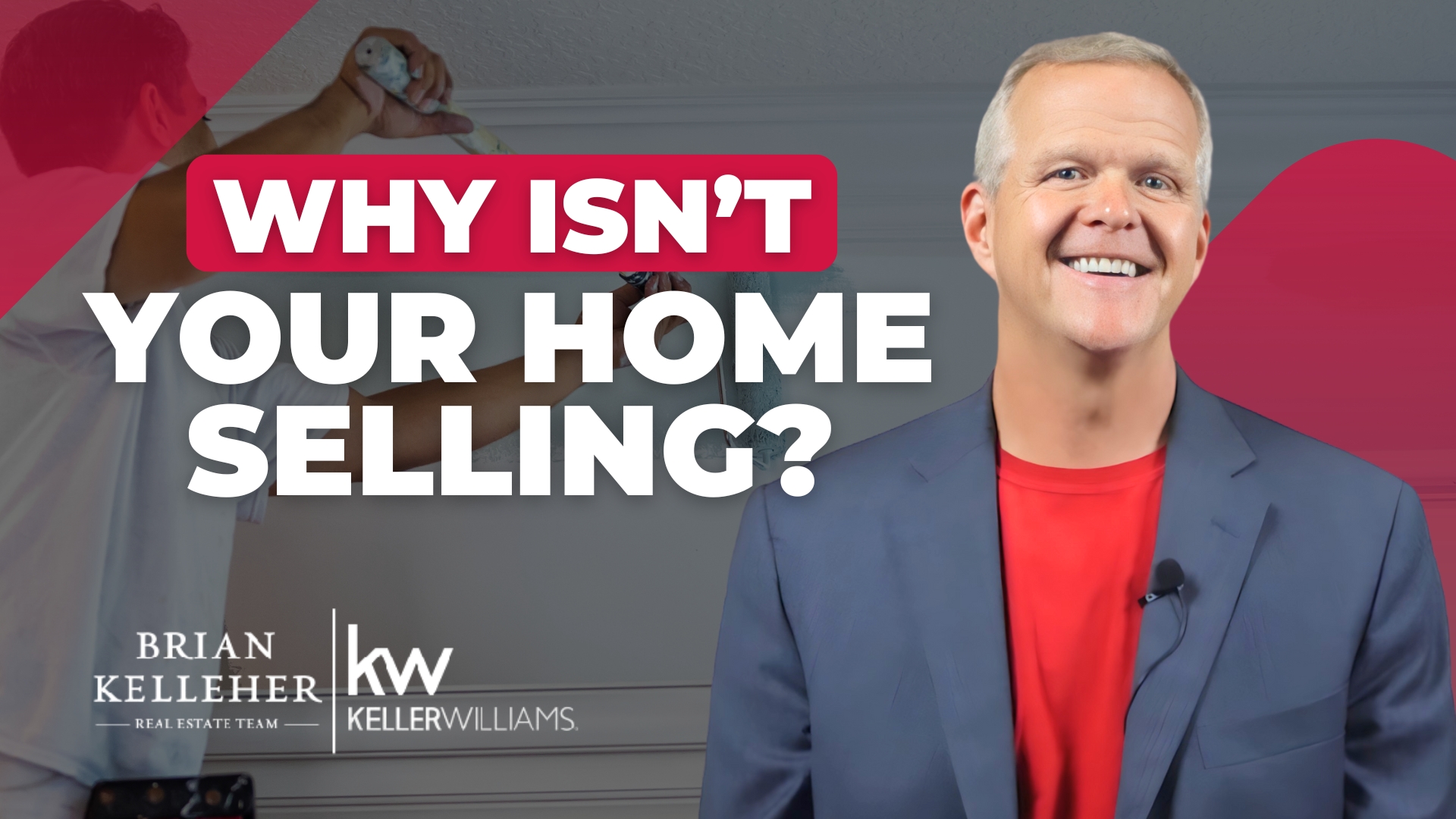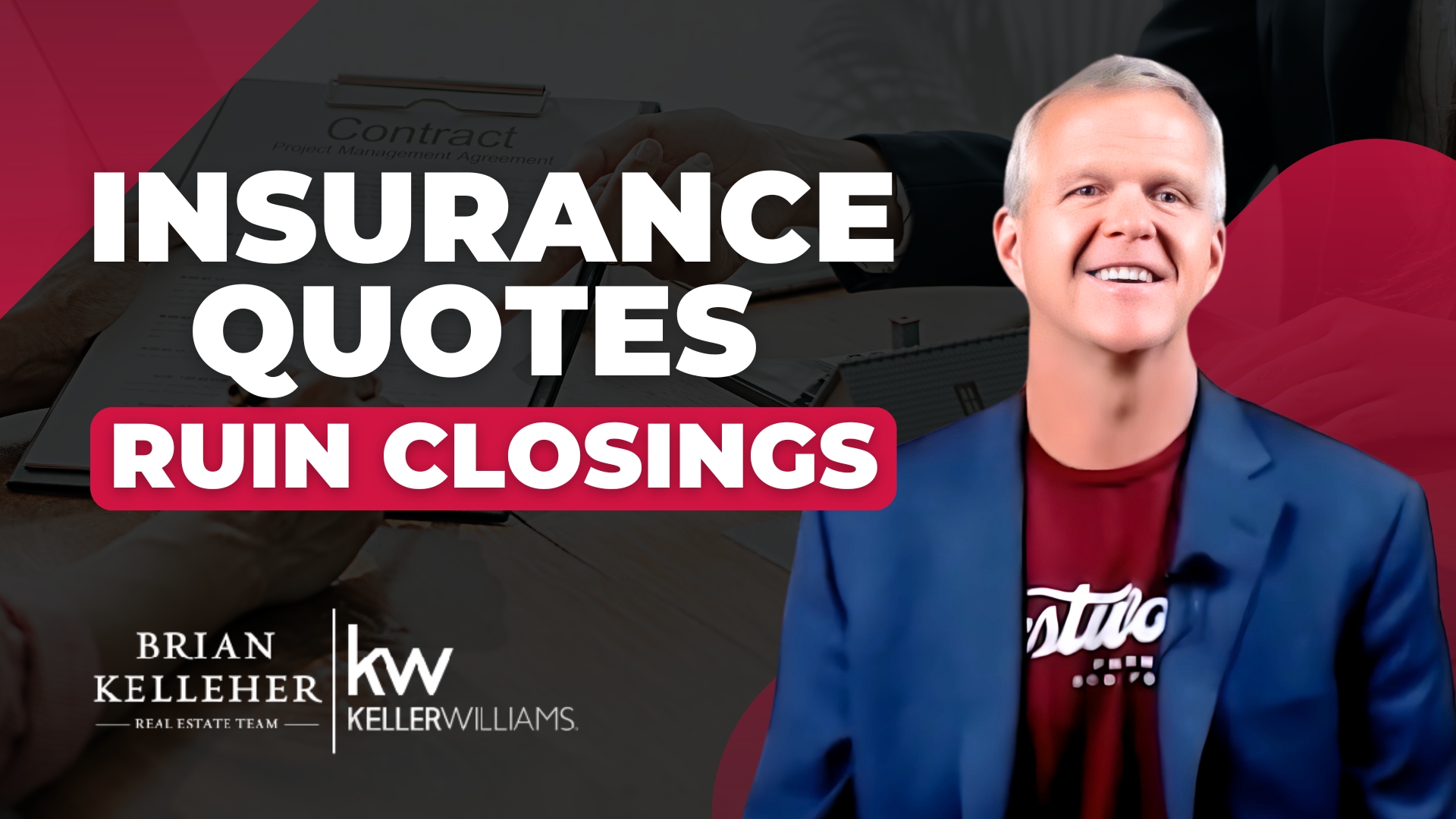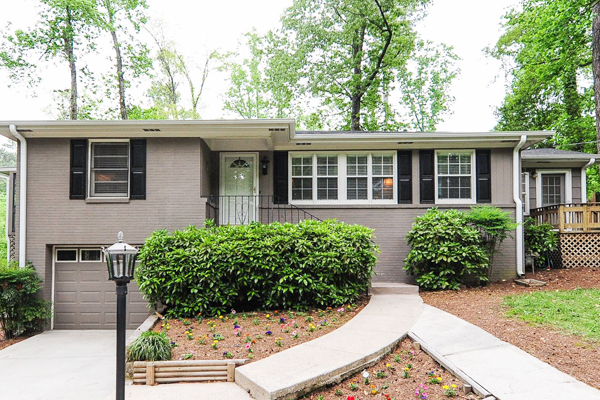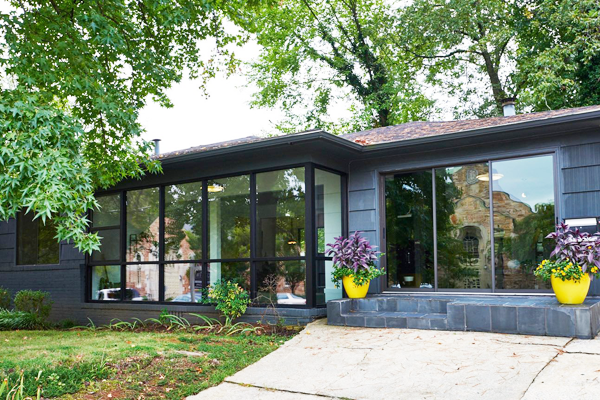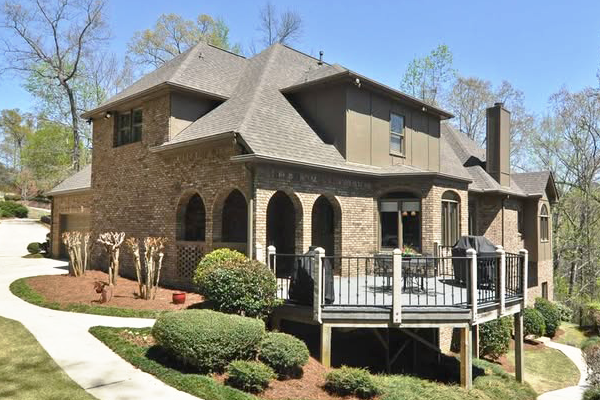Let’s Explore Your Selling Options. We will help you sell your home at the price and terms you want. Free Selling Strategy Call
That magic number you keep hearing about, the one that says you need a full 20% down payment to buy a home—it’s time to forget it. The truth is, most buyers (especially first-time buyers) aren’t putting down anywhere near that much.
In fact, you could be closer to homeownership than you realize, even if your savings account doesn’t have six figures sitting in it. Let’s break down why the 20% myth persists, why it’s not the only path, and how you can buy a home with far less.
Where the 20% myth comes from (and why it’s not the whole story). The 20% rule exists for one reason: private mortgage insurance (PMI). Lenders typically require this small monthly fee if your down payment falls below that threshold. While PMI does add to your costs, it’s not a dealbreaker; it’s just part of the trade-off for buying with a lower down payment.
And the best part is once you build enough equity (usually when you reach 20% ownership), PMI disappears. So, yes, putting 20% down has perks, such as avoiding PMI and securing better loan terms, but it’s far from the only way to buy.
How most buyers are doing it today. If you’re waiting to save up 20%, you may be waiting longer than necessary. The average first-time buyer puts down just 6-7%, and some loan programs even allow you to buy with less. Conventional loans can require as little as 3% down payment for qualified buyers. FHA loans require just 3.5% down and are great for buyers with lower credit scores. VA loans offer zero down for military members and veterans, and USDA loans do the same for eligible rural and suburban areas. The bottom line? There are more paths to homeownership than you might think.
When does 20% down make sense? (And when doesn’t it?). If you can put 20% down, there are real advantages: lower monthly payments, no PMI, and potentially better interest rates. But the thing is that tying up all your cash in a down payment isn’t always the smartest move. What if the furnace breaks? What if you want to renovate? What if life throws an unexpected expense your way? For many buyers, keeping some savings in reserve is far more valuable than hitting that 20% mark.
The best down payment strategy depends on your budget, your goals, and your timeline. If you’re ready to explore your options (whether that’s 3%, 10%, or 20% down), let’s talk. I’ll help you crunch the numbers, compare loan programs, and determine the most effective way to make your move.
Don’t let outdated myths keep you renting forever. Call or text me at 205-531-2747, or email Brian@BrianKelleherTeam.com. You can also visit ** ** briankelleher.kw.com to get started. Your dream home might be closer than you think.
-
Let’s Explore Your Selling Options. We will help you sell your home at the price and terms you want. Free Selling Strategy Call
-
What’s Your Birmingham Home Worth?. Are you thinking of selling your home or interested in learning about home prices in your neighborhood? We can help you. Free Home Value Report
-
Looking for a Birmingham Home?. Search the entire MLS for your Birmingham home. Search the MLS
-
Free Real Estate Newsletter. Get our latest Q&A, insights, and market updates to make smarter decisions. Subscribe Now

